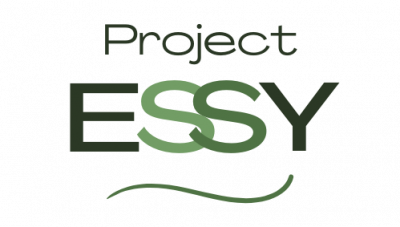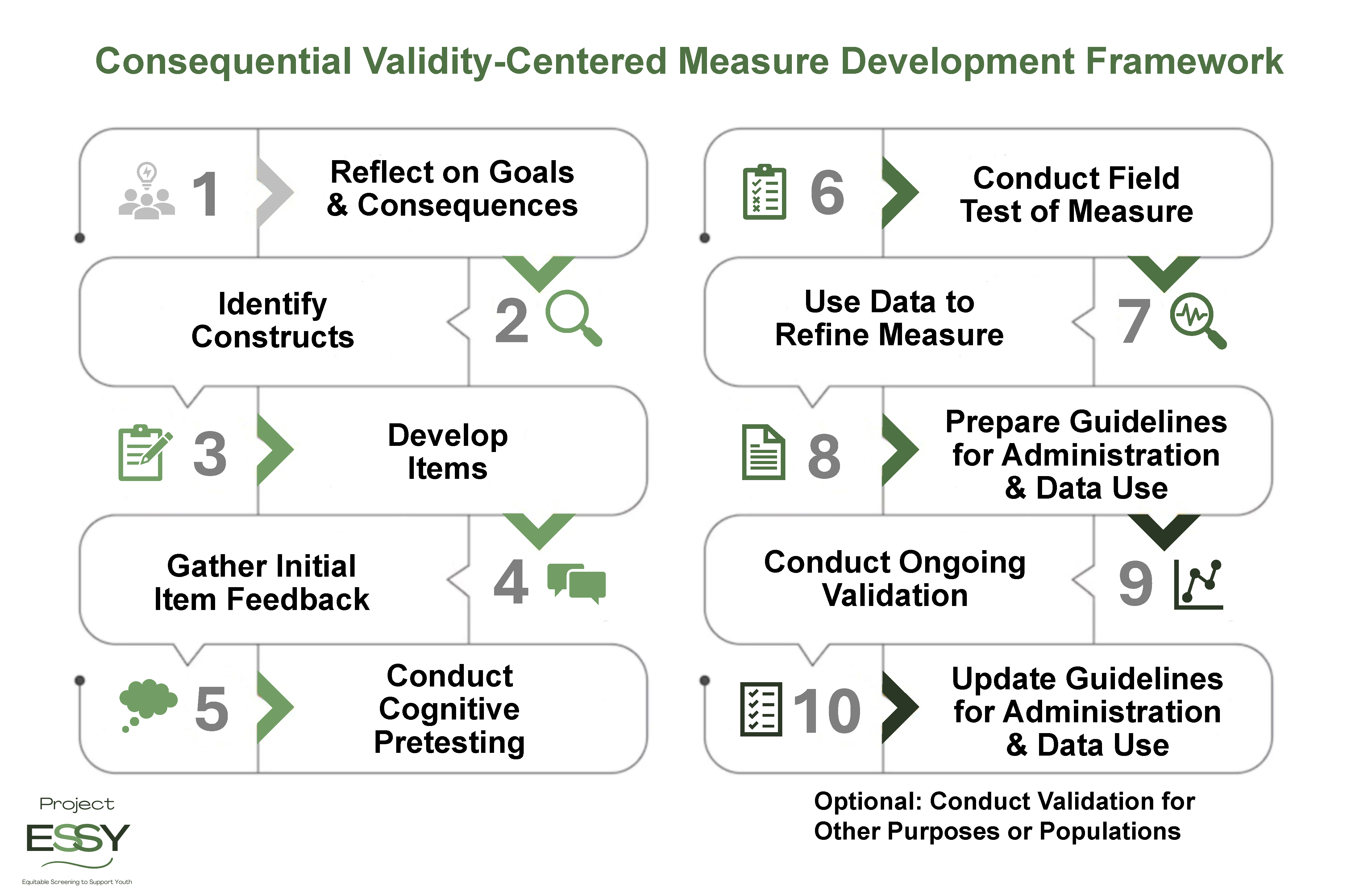The Issue
Screening assessments are often the primary data source that school personnel use to determine what supports students need and are intended to drive equitable decisions. Many new school-based screeners have become available in recent years, but their promise has not been fully realized for several reasons:
- Many screeners have a narrow and deficit focus (locating the problem within the child), and overlook contextual factors (e.g. school experiences, economic stability).
- We do not know much about intended and unintended consequences resulting from screener use.
- The use of screeners in schools has not been widespread; primary barriers include resource demands and lack of capacity for data use.
Further development of school-based screeners must engage processes that (1) balance efficiency and comprehensiveness, (2) center usability (satisfaction, ease of use, effective toward attaining goals), and, (3) evaluate consequential validity. Doing so may facilitate movement toward more equitable data use.
Our Approach
Our process for developing the ESSY Whole Child Screener involves an integrated approach that adds mixed methods and tranformativist methodologies within the traditional assessment development steps. This integrated approach centers evaluation of consequential validity throughout the measure development and validation phases, providing multiple opportunities to revise the measure and associated guidance regarding use.
More Information
The Collaboratory on School and Child Health recently published a Q&A with Co-Principal Investigator Jacqueline Caemmerer. Read the project profile.

